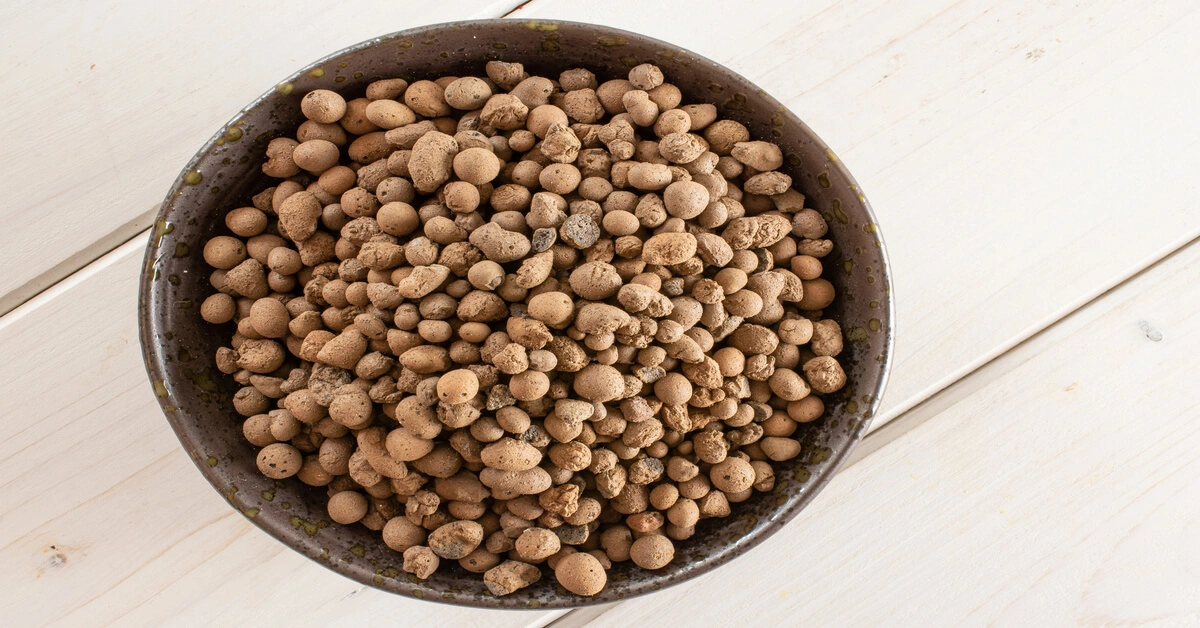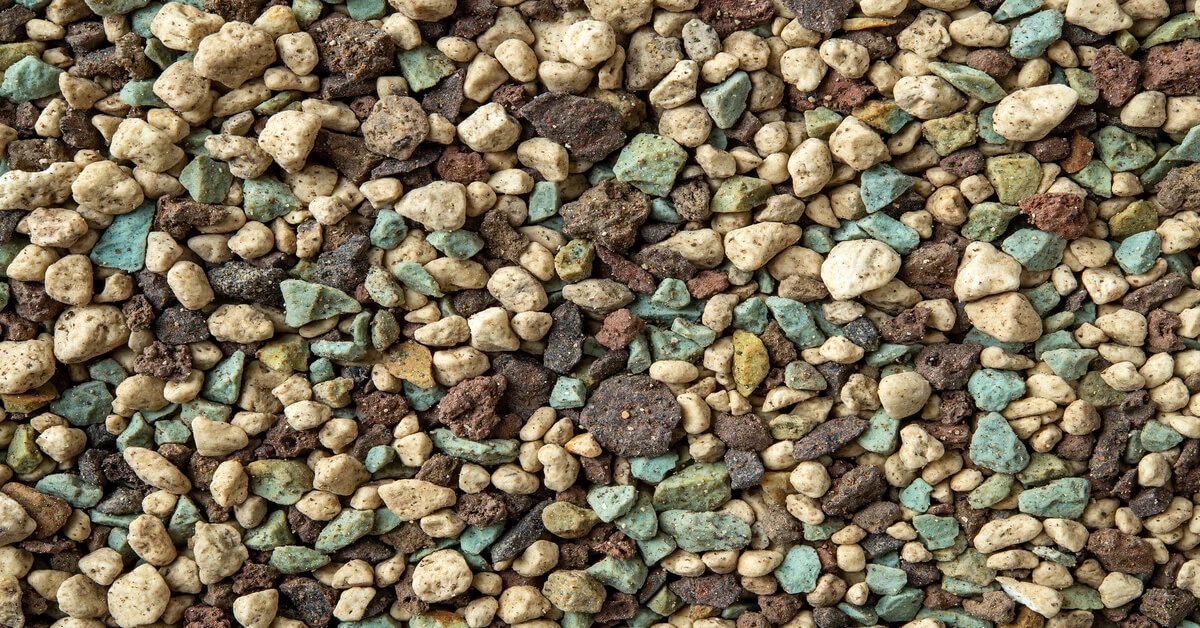Some of the links in this post are affiliate links. This means if you click on the link and purchase the item, I will receive an affiliate commission at no extra cost to you.
Exploring plant care can be a journey full of discoveries, one of which is the world of various substrates. PON and LECA are two substrates gaining popularity among indoor gardening enthusiasts. This article discusses these intriguing substrates, comparing their features, benefits, and uses.
What is LECA?

LECA stands for Lightweight Expanded Clay Aggregate. It’s an inorganic, inert substance formed by heating clay to high temperatures until it expands, resulting in lightweight, porous balls. LECA is often used in hydroponics and semi-hydroponics, providing an excellent growing medium for various indoor plants.
What is PON?

PON, short for Lechuza PON, is a substrate mix created by Lechuza. It primarily comprises zeolite, pumice, lava rock, and organic fertilizer. PON is often used as a soil substitute, particularly in self-watering pots.
LECA and Lechuza PON Comparison
Price and Availability
When it comes to price, LECA tends to be cheaper than PON. However, the cost can vary depending on the brand and where you buy from. Both substrates can usually be found in gardening centers or online below.
Maintenance and Use
LECA is maintenance-free. It’s inert, which means it doesn’t break down over time. This property reduces the frequency of repotting or substrate changes. LECA balls can be easily rinsed and reused, making them an excellent option for those seeking low-maintenance plant care.
On the other hand, PON contains an organic component that can decompose over time, meaning it might need to be replaced periodically. However, many find PON’s water reservoir property and nutrient supply beneficial, making it an excellent choice for self-watering systems.
Plant Transition and Growth
Transitioning plants to LECA or PON requires different approaches. When transferring to LECA, you’ll need to carefully remove all the soil from the roots, which can be a delicate process. For PON, the method is more straightforward as it can mix with soil, making the transition smoother for the plant.
Regarding plant growth, both substrates can support healthy development. However, since PON contains fertilizer, it may initially offer more nutrients. Over time, LECA can be as effective with an appropriate water-based fertilizer.
Watering and Nutrient Supply
LECA and PON can retain water well, but they do so differently. LECA absorbs water and releases it slowly, helping maintain steady moisture levels. Conversely, PON holds water in its pores, making it available for the plant to use when needed.
As for nutrient supply, PON has a slight advantage due to the included fertilizer. LECA, being inert, doesn’t provide any nutrients on its own. Therefore, when using LECA, a hydroponic nutrient solution must be added to the watering routine.
PON vs. LECA: Which is Better?
The choice between PON and LECA depends mainly on your preferences, plants’ needs, and comfort level with different plant care routines.
LECA might be your best bet if you prefer a more hands-off, reusable, and cost-effective medium.
On the other hand, if you’re looking for a substrate that offers more nutrients and works well with self-watering systems, PON could be your top choice.
Can You Mix LECA and PON?
Yes, you can mix LECA and PON, utilizing the benefits of both substrates. However, it may require trial and error to find the right balance. Always rinse LECA and PON before mixing and closely monitor your plants after changing their environment.
Conclusion
Whether you choose PON or LECA, both offer unique benefits that can lead to thriving indoor plants. Remember, successful gardening often involves trial and error. Don’t hesitate to experiment and see which substrate suits you and your plants best.

